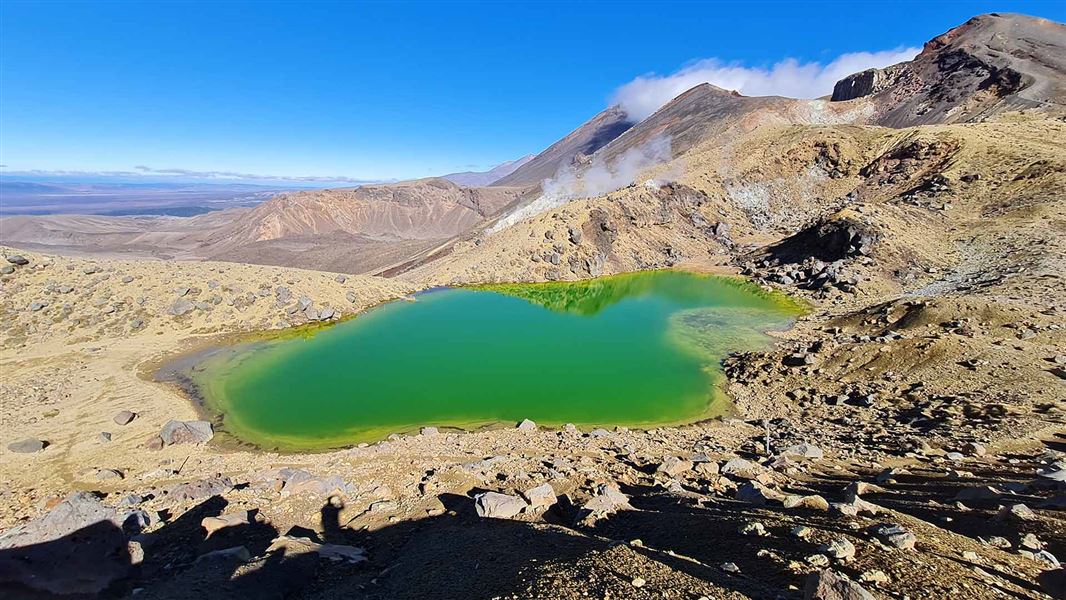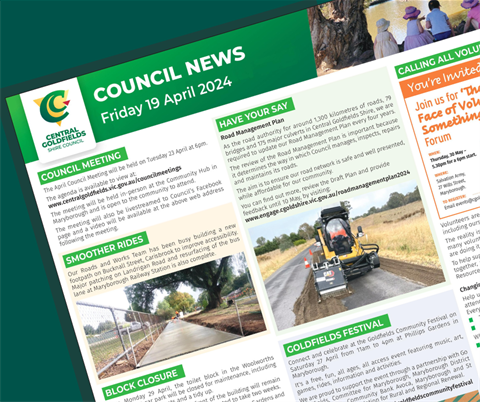Soil erosion can present in various ways and can be the result of multiple causes. If you have recognised that you have a soil erosion issue on your property there are several factors that need to be considered before commencing any works to remediate it. The first step is to recognise what type of erosion you have.
NSW DPI’s website has a series of Soil erosion factsheets (nsw.gov.au) available, including Fact sheet 1 Types of erosion that can help you recognise the types and causes of erosion that may be present on your property. Below are descriptions of some common types of erosion detailed in the factsheets.
Types of Erosion
Water Erosion
Water Erosion includes splash, sheet, rill, gully and tunnel erosion.
- Splash erosion occurs when rain hits bare soil. It can break up soil aggregates into particles that block spaces between soil aggregates that can form a crust and increase runoff.
- Sheet erosion occurs when raindrops or shallow surface flow removes thin layers of soil.
- Rill erosion develops when surface water flow concentrates into low points and create drainage lines or rills up to 30cm deep.
- Gully erosion occurs when water flows concentrate and cut a channel through the soil over 30cm deep.
- Tunnel erosion develops when surface water moves along cracks, channels, burrows or cavities into dispersive soil.
Wind Erosion
Wind erosion detaches and moves soil particles in either suspension or saltation by air moving at least 20 km per hour. It typically occurs in low rainfall areas but can affect all soils that are drought affected.
- Wind can lift finer particles into suspension and create dust storms.
- Larger particles are lifted through saltation off the ground for short distances to form sand drift.
Mass Erosion
Mass movement is the movement of soil under gravity and includes soil creep, earth flow, slumps, landslips, landslides and avalanches. This type of soil erosion typically occurs on slopes above 25° with little vegetation and annual rainfall over 900 mm, and often occurs after heavy storms when soil becomes waterlogged and heavy.
What to do next
The next step is to work out what is causing it on your property. These factors will inform the appropriate remediation options available for your circumstances. Causes and remediation options will be outlined in the next edition of our e-newsletter.
If you are interested in finding out more about soil chemistry and physical characteristics, what the numbers in a soil test mean, and soil management techniques and options then you may like to attend one of our Soil Pits & Kits workshops.
Workshops
The hands-on Soil Pits & Kits workshops are led by soil science experts and focus on practical skills that enable land managers to make better informed decisions about their soil and farm management. A Soil Pits & Kits workshop is being held at Condobolin on the 25th








